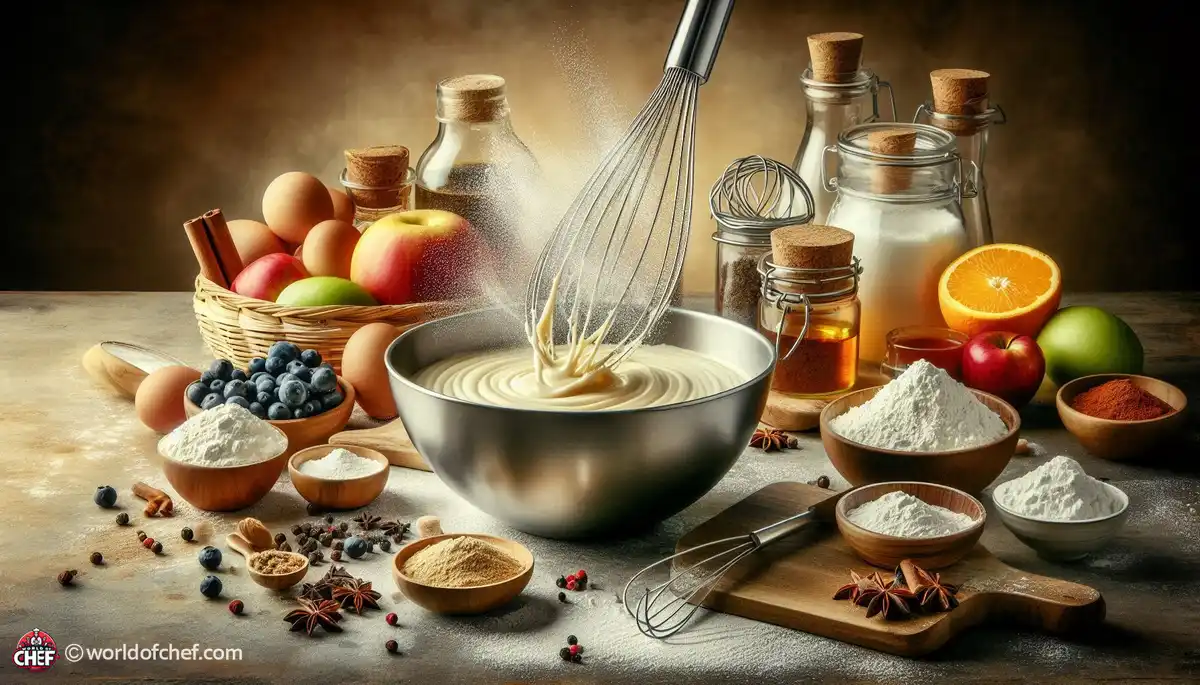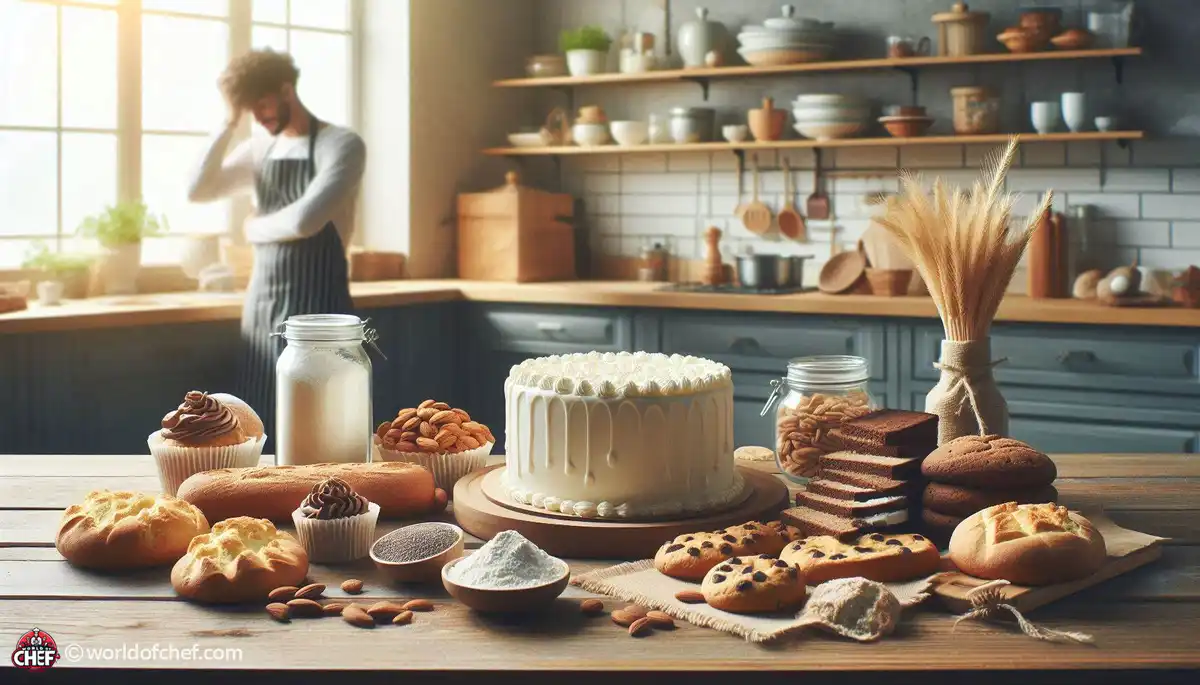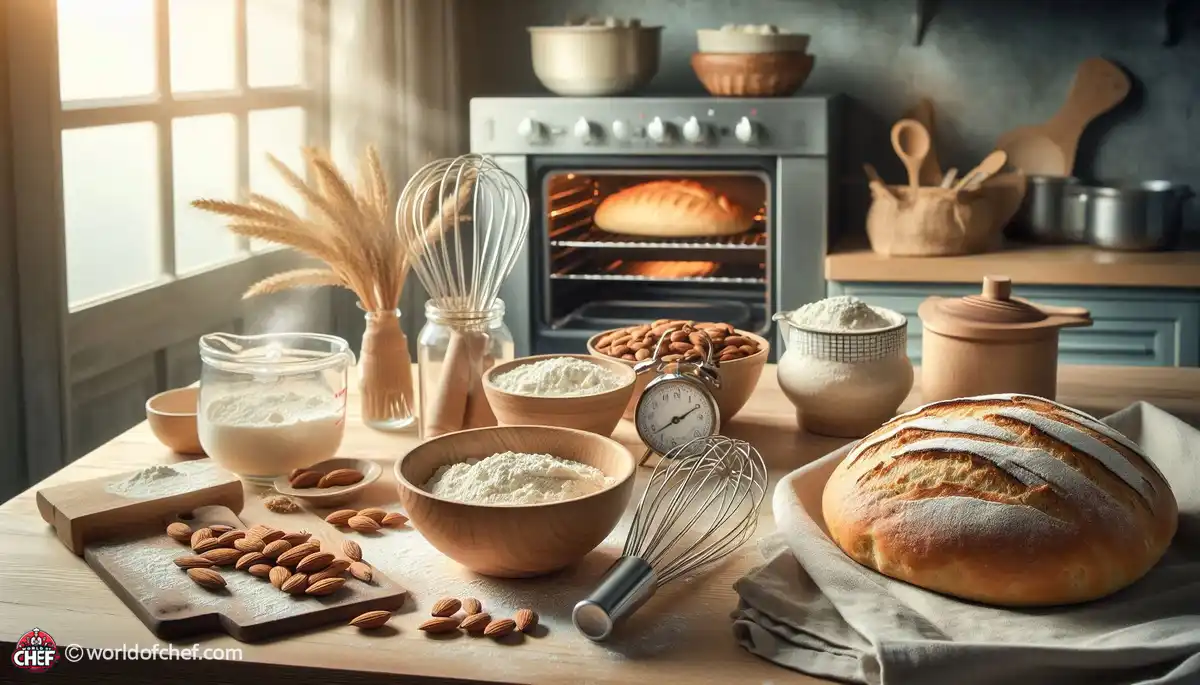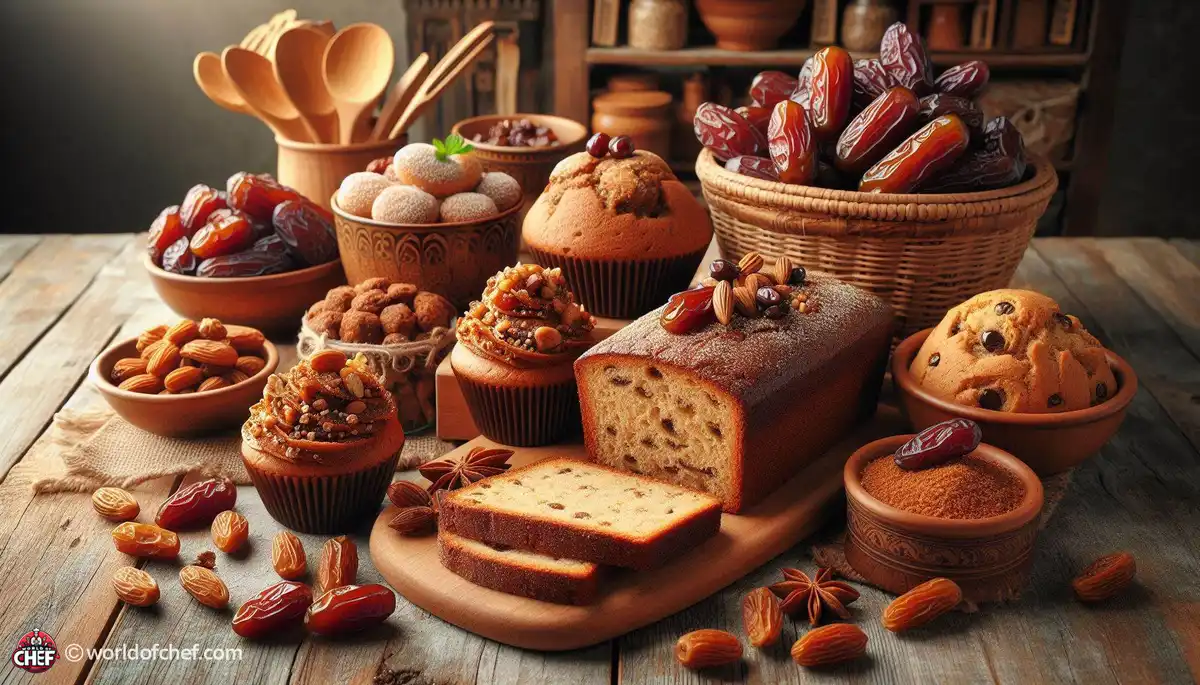
Understanding Oven Hot Spots and How to Bake Around Them
Russell Comeaux - Mar 30, 2025 - 13 min read


Baking and cooking can sometimes seem like a science experiment, with precise measurements and careful techniques to bring forth the taste. But one of the tricky parts of the perfect dish is knowing how to combine the dry and wet ingredients properly. This applies whether one is mixing a Cake Batter or making a savory sauce. In this tutorial, we shall talk about a few tips to help this process come off fast and even enjoyably.
Dry ingredients are things like flour, sugar, baking powder, and spices. The dry ingredients are what will give structure to your recipes and flavor to your food. Learning what each of the dry ingredients does in your recipe is important for texture and taste in your dishes. Flour makes up the main body of baked goods and sugar helps in sweetness, as well as moisture. When measuring these dry ingredients be sure to measure them correctly because a small margin may affect the finished product.
Wet ingredients such as eggs, milk, oil, and water are a kind of binding agent to other dry ingredients. They give the mixture moisture and richness. Such wet ingredients do contribute to the texture but affect the flavor profile of the final dish. Milk contributes creaminess, stabilizes, and helps to add lift to baked goods, among other things. Therefore, knowing how each wet ingredient plays along with dry ingredients may help troubleshoot some of the problems happening in the cooking process.
Mixing dry and wet ingredients correctly is really essential to get the perfect consistency and flavor in the final dish. When these two components are mixed up the wrong way, you end up with clumps or an uneven texture, sometimes with undercooked sections as well. Techniques like folding, whisking, or beating can make a great difference. Knowing when to use each method will be what improves your results, so cooking becomes more intuitive and satisfying.
Even the most seasoned cooks get caught in mistake traps when combining their dry and wet ingredients together. Combining all the dry ingredients straight from the container, not sifted, nor premixed, is probably one common mistake that sometimes results in lumps. Overmixing can make baked products tough, amongst other side effects. Making you well aware of this pitfall will make approaching your own cooking a relatively more confident and sophisticated undertaking.
Begin with gathering all your ingredients in advance. This way, you avoid the last minute scrambling for things that you end up doing at a point when you get out of track. Dry ingredients go on one side while wet ingredients go on another. On either side should be your measuring cups and spoons. It helps in mixing and also to create the picture in the mind of the final product.
It's obvious, but read your recipe before you start. Many recipes have specific ways of combining ingredients, and if you miss a key step, you'll be disappointed. Notice the order in which you are to mix the ingredients. Some recipes require a particular method to get the best results. A quick read can save you time and frustration later on.
The beginning stage to making it possible for you to be effective in the kitchen is an arranged and cleared space. Sweep your kitchen counter of anything that needs to get cleaned out; clear your work area making room for all your bowl mixes, measurements, among other items. A properly maintained kitchen desk can work to keep unnecessary stress factors and distractions from making you scatter-brained on the preparations. What is more; a neat-looking kitchen appeals to everyone involved, enhancing the taste. Measure all Ingredients beforehand
It might interest you that pre-measuring of your ingredients can be helpful if you want to gain time in your cooking, the amount of time together with the mess is saved and at the same time ensure you only use just the right amount by the use of small bowls with the ingredient next to its bowl and each labeled according to what is held within it. This helps assure no repetition of mistakes on the part of the users in this case, but will instead increase the professionalism assigned to your cooking, offering the feeling of accomplishment to anyone performing in the kitchen.
Folding is a subtle blending process widely used whenever dry and wet ingredients combine. This can be accomplished by sliding the spatula or wooden spoon from the bottom to pour it up top; this is also very effective, particularly when gentle mixtures like batters or even whipped cream are involved. Whenever you fold rather than stir, you protect air bubbles, resulting in an airy and light outcome.
Whisking is one of the most common methods, especially when dry ingredients have to be mixed in with wet mixtures. Whisking breaks up lumps in dry ingredients thereby providing a smooth and silky texture. This is particularly very useful for sauces or dressing that need a lump-free consistency. When you are whisking, remember to swirl your whisk in a circular motion so that the ingredients spread evenly.
In some recipes especially those that contain eggs, beating is the preferred mixing method. This technique infuses air into the mixture so that it becomes fluffy and light. When beating it is best to use either a hand mixer or stand mixer, especially with thick mixtures. Do not overbeat as this produces an undesirable texture.
One of the best ways to mix dry and wet ingredients is by stepwise adding. Mix together a small amount of your dry ingredients with your wet mixture, stirring lightly just until combined. Repeat until all of your dry ingredients are incorporated. This can help prevent clumping in the mixture and provide for an even mix for better final results.
Baking sometimes requires exact measurements and methods. When adding dry ingredients such as flour or baking powder, it is imperative to sift them so lumps do not form. Adding these dry ingredients gradually to your wet mixture helps maintain the fragile balance of baked goods. Be careful not to overmix when combining wet and dry mixtures; this can lead to dense or tough baked goods.
The way you mix the ingredients when making sauces or dressings is important; first, you should whisk the wet ingredients together and slowly add the dry ones. This method ensures that there is no lumpy texture and flavors will blend really well. Season to taste, adjusting your seasonings as needed for the best flavor.
Adding dry ingredients will also enhance the texture and flavor of the dish in soups and stews. Ingredients such as spices or thickeners should be mixed with a little liquid before adding it to the pot. This way, there is less chance of clumping, and they distribute evenly throughout the dish. Stir occasionally as it cooks to keep the texture uniform.
Achieving the right batter consistency is pretty important in pancakes or waffles. In one bowl, you must mix the wet ingredients; in the other bowl, the dry ingredients. When you're combining the mixtures together, take a gentle hand so as not to overmix the dough; lumps are tolerable. If the batter is left to sit for a little while before you cook the pancakes or waffles, that helps you make lighter and fluffier pancakes and waffles too.
If you get a lumpy mixture, do not panic! This often occurs when dry ingredients are added too quickly or not sifted well enough. Whisk the mixture gently, or use a hand mixer to break the lumps. If it is still lumpy, you can pass the mixture through a fine-mesh sieve to make it smooth.
The most common mistake is overmixing, especially when it comes to baking. Overmixing occurs when you mix your batter too aggressively or for too long, causing the final texture to become tough. If you think you have overmixed, then stop and take a break for a few minutes before continuing. This little wait time allows the gluten to relax, improving the final texture.
Sometimes, you will find that your dry ingredients do not mix well with the wet ones. This can occur when the wet mixture is very thick, or the dry ingredients get added too fast. Mix a little liquid with your dry mixture and whisk well before adding it to your wet mixture. This procedure helps to mix better together.
You may get lenient if your batter or mixture is too thick or too liquidy. Too thick, a little bit of liquid would be required, and if too liquidy, then some dry ingredients are gradually added in the mixture. Such additions need to be made in slow motion while tasting and testing to fine-tune the texture and flavor for your dish.
Cooking must never be treated as work or an undertaking. In your preparation for cooking, get wet ingredients and dry to combine to make one, where most of your development as a cook should emanate, learning many about how everything works within this setting and experimenting on other flavors that you want and all this does not harm making mistakes often because most amazing things often come as surprises Think Creatively
Once you have the feel of mixing wet and dry ingredients, go ahead and experiment. Add new spices, herbs, or alternative flours to give your dishes a little kick. Cooking is about exploration, so take time to experiment with different combinations and techniques that suit your taste preferences.
Every cooking experience teaches you something new. Note what works and what does not, then perhaps research or ask other home cooks for tips. The more you cook, the more confident you will become with combining ingredients, leading to a higher number of successful dishes.
Once you have mastered the art of combining dry and wet ingredients, share your culinary creations with friends and family. There is nothing quite like the satisfaction of a perfectly risen cake or a rich, flavorful sauce to be shared with others. It will not only give you the confidence but might inspire someone else to dive into the wonderful world of cooking.
With these quick tips on dry ingredient incorporation with wet ingredients, you can achieve great cooking and baking skills. Mixing different ingredients soon comes easily to one with the slightest practice and patience and can increase his or her options in leaps in the kitchen. Happy cooking!

Russell Comeaux - Mar 30, 2025 - 13 min read

Alexis Larose - Mar 25, 2025 - 15 min read

Hailey Morrill - Mar 21, 2025 - 18 min read

Bobby McKelvey - Mar 18, 2025 - 12 min read